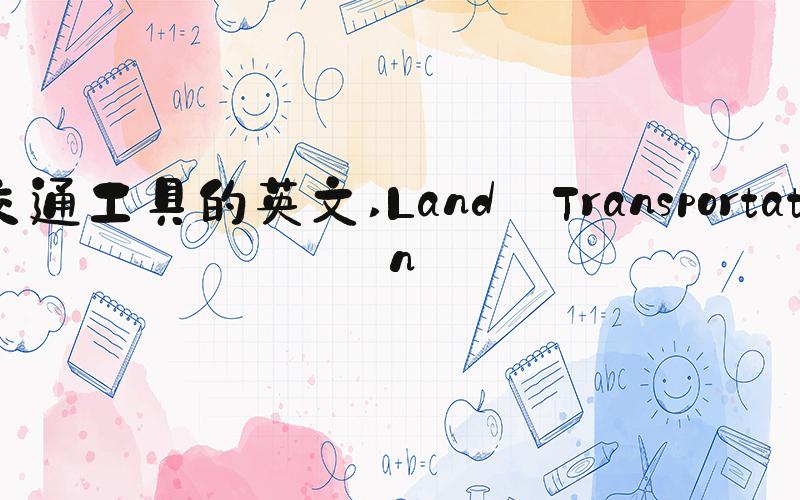
 Means of TransportationIntroduction
Means of TransportationIntroductionTransportation is essential for people to travel from one place to another. An efficient and reliable means of transportation is essential for economic, social, and personal development. Over the years, transportation technology has evolved, and various types of vehicles have been developed to suit the different needs of people. In this article, we will discuss different means of transportation and their advantages and disadvantages.
Land TransportationLand transportation refers to the movement of people and goods on land using vehicles such as cars, buses, trains, trucks, and motorcycles. The primary advantage of land transportation is that it is widely available and accessible to everyone. Land transportation is also cheaper than air or sea transportation. Moreover, it provides more flexibility and convenience, allowing people to reach their destinations with ease. However, land transportation can be affected by traffic congestion, weather conditions, and road and infrastructure constraints, leading to delays and reduced efficiency.
Air TransportationAir transportation involves the use of airplanes, helicopters, and other airborne vehicles to move people and goods. Air transportation is the fastest means of transportation and is suitable for long-distance travel. It also provides a high degree of safety and security compared to other transportation modes. However, air transportation is costly, and not everyone can afford to travel by air. It also requires a lot of infrastructure, including airports, air traffic control systems, and maintenance facilities. Additionally, air transportation has a substantial environmental impact, contributing significantly to climate change through greenhouse gas emissions.
Water TransportationWater transportation involves the movement of people and goods by water. This mode of transportation includes ships, boats, ferries, and submarines. Water transportation is suitable for transporting large quantities of goods over long distances. It is also cost-effective compared to air transportation. Water transportation has a low environmental impact, and ships are the most fuel-efficient mode of transportation. However, water transportation is slow, and not suitable for short-distance travel. It is also affected by weather conditions such as storms, heavy seas, and hurricanes. Moreover, water transportation infrastructure requires significant investment, including ports, canals, and locks.
Cycling and WalkingCycling and walking are environmentally friendly means of transportation that are suitable for short distances. They are also cheap and provide health benefits by promoting physical exercise. Cycling and walking are efficient modes of transportation in areas where traffic congestion is a problem. However, they are not suitable for long distances and are affected by adverse weather conditions, such as rain and snow. Cycling and walking also require investment in infrastructure, including cycle lanes, pedestrian paths, and safety measures.
ConclusionTransportation plays a crucial role in society, and choosing the right means of transportation depends on factors such as distance, cost, speed, availability, and convenience. Each mode of transportation has its advantages and disadvantages, and the best option depends on the specific needs and circumstances of the traveler. To promote sustainable transportation, it is essential to encourage the use of environmentally friendly means of transportation such as cycling and walking and investing in more efficient and cost-effective transportation infrastructure.
